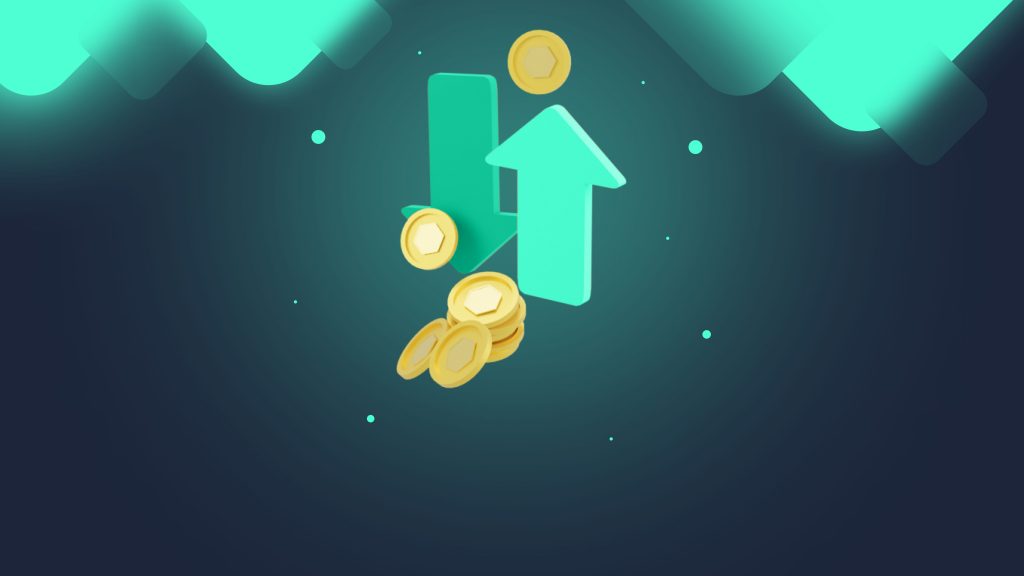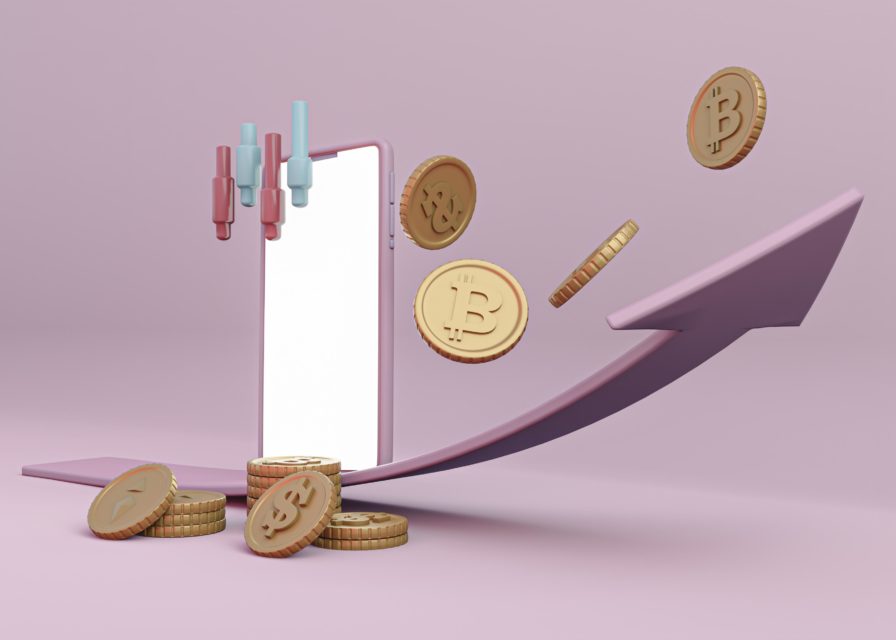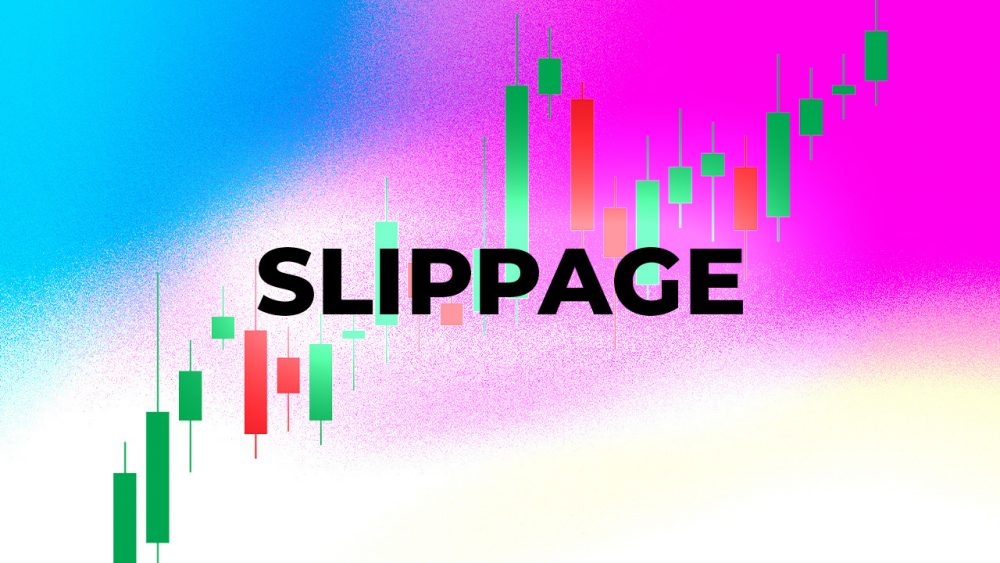Slippage tolerance is the percentage of your traded tokens that you are willing to give up on slippage. Decentralized exchanges establish the trading parameter, and some centralized exchanges develop a similar feature, allowing traders to change the tolerance level for slippage in Market and Stop Market trading options.
For non-taxed smart contract tokens, the slip tolerance feature allows an investor to set the maximum percentage of the total value of their trade that they are willing to lose in exchange for a fast-tracked trade. If it’s high enough, it continues to skip protocol queues and execute their operations ahead of other requests in the mempool. The investor also pays more fees for high-slip trades.
Slippage in Decentralized Exchanges
Compared to centralized exchanges, decentralized exchanges are powered by different technologies and are designed for instant exchange of crypto assets. Automated Market Makers (AMM) technology meets trade requests from liquidity pools, not from a scattered order book. On platforms like this, slippage takes another form, but is driven by liquidity and demand. Smart contract taxes are also specific to decentralized exchanges.
When the liquidity pool does not hold enough paired tokens, each trade causes a significant shift in price and the average sell or buy price differs significantly from the initial market price. When the demand for any of the tokens in the pair increases, the transactions are kept in a mempool and the transactions are met in turn. To speed up a trade, traders can increase the slip tolerance to allow the protocol to speed up their own trade requests as explained earlier.
If the traded token has a tax clause, the slippage must be set up to give the government machine enough room to deduct taxes as outlined in the smart contract agreement.

How to Minimize Slippage in Decentralized Exchanges?
There are a few steps you can take when using decentralized exchanges to avoid losing too much due to slippage:
Set a Tolerance Level for Slip
You can limit the slip for each action by setting a maximum slip tolerance that applies to your action. This feature is available on most decentralized exchanges.
Avoid Token Trading With Low Liquidity
Low liquidity is the leading cause of slippage in centralized and decentralized exchanges. When trading on decentralized exchanges, check the available liquidity in the pool for the asset you want to trade. For a good experience, make sure that the available liquidity is at least 30 percent of the total market value of the asset. This will also depend on the amount of your trade. For high-value transactions, the available liquidity should be even higher than that.
Also consider the effect of your transaction on the price; this is usually offered by DEX. If your trade has a high impact on the market, your sell action will also have a relative impact. This means negative slippage for both buy and sell transactions. Before continuing to trade, consider whether this is healthy for your investment.
Strategically Trade Highly Active Pairs
When trading demands spike for an asset in the DEX, the volatility and flow of transactions cause spikes in price chances and on-chain congestion, respectively. In this scenario, trading the asset will likely involve high slippage and the need to increase slip tolerance. If you are willing to manage the consequences of not taking part in the trade at the time, consider not trading the asset until demand or sales have cooled to reduce slippage.
Consider Tax Provisions for Tokens You Want to Trade
Check if the token has tax provisions and what the tax percentage looks like. Incorporate this into your investment plans and consider the impact of tax loss on the expected profitability of the asset. If it is positive, you can continue with your transactions. If not, consider other strategies or tax-free token trading. However, it should be reminded again that these articles are definitely not investment advice.
Slippage in Central Stock Exchanges
While most decentralized exchanges use AMMs and liquidity pools, centralized exchanges operate the traditional order book system, which is relatively more transparent. Looking at the order book and trading history, the reasons for the slippage in centralized exchanges can be easily identified.
The order book groups the buy and sell requests according to the determined buy and sell price and executes the trade when the set parameters are met. When a spot trader uses the Market or Stop Market option to place their trades, the trade is executed at the prevailing market prices. The trade continues to be completed by eventually trading at different levels of the order book. This causes slippage if the liquidity at the initial market price is insufficient to trade.
Centralized exchanges do not recognize the tax provisions in smart contracts and therefore do not apply an automatic deduction to trade requests. Therefore, slippage in centralized exchanges is mainly due to insufficient liquidity and uneven order book distribution.

How to Limit Slippage in Centralized Exchanges?
There are a few things you can do to manage slippage when using centralized exchanges:
Evaluate Current Liquidity and Spread in the Exchange
Before placing a trade request, be sure to look at the order book and consider the available liquidity and the spread pattern at different price levels. Relate these findings to the value of your trade and your investment plans. Make sure these conditions are right for you. If not, you can try to browse other exchanges where the asset is listed and choose the one with the best liquidity and order distribution for your trade.
Use Limit Orders
Limit orders allow traders to keep control of the asset they are investing in. When there is uncertainty around the order book, a good way to manage slippage is to use limit orders to adjust price parameters. Operations will be executed according to the setting and will be stopped when conditions deviate from the set point or ranges.
Smash the Trade
Slippage affects high-value investments more than anyone else. When trading a large amount of an asset, a good way to better manage slippage is to divide the trades into smaller amounts, such as amounts that can be met with liquidity at the current market price, and then take a break to evaluate the current market price. liquidity after each trade and the effect of the next trade on your investment. If it is positive or manageable, the investor can continue to sell or buy more in current conditions or wait to allow orders to reoccur.
Strategically Trade Highly Active Pairs
In conditions of high demand or high sales, order books for assets can become difficult. If an investor needs to trade during such periods, more caution is advised. Consider using limit orders or only trading amounts that can be met with available liquidity at the market price order book level. This can also be difficult to catch due to the flooding of buy and sell orders.
Use Slip Tolerance Whenever Possible
Unlike decentralized exchanges, slip tolerance modification features are not widely available on centralized exchanges at the time of writing. Only a few exchanges have made it available on their platforms, while the rest are exploring the possibility of adding this feature. Where this is possible, it is recommended that traders use it and set the maximum slip they are willing to allow for each trade.




